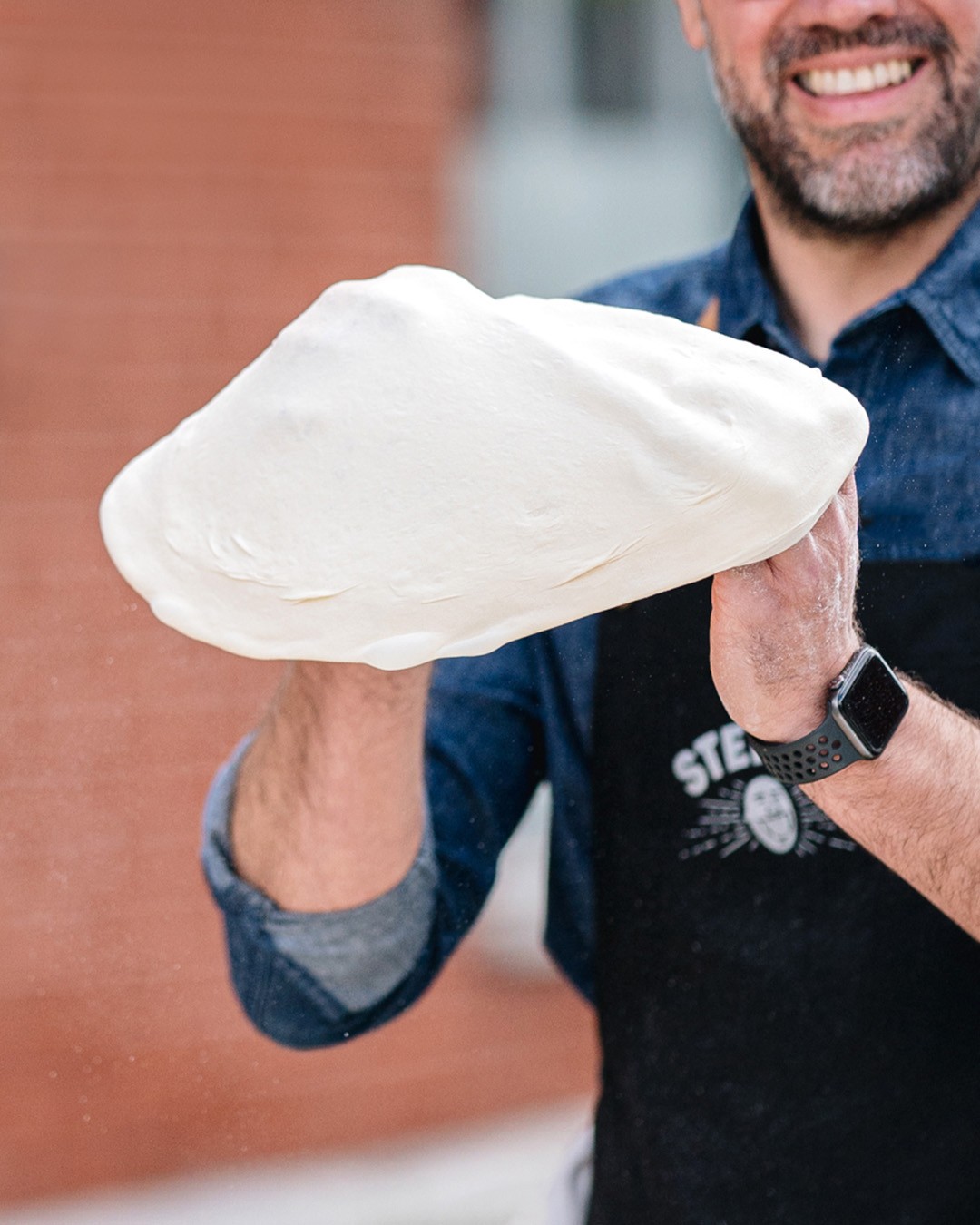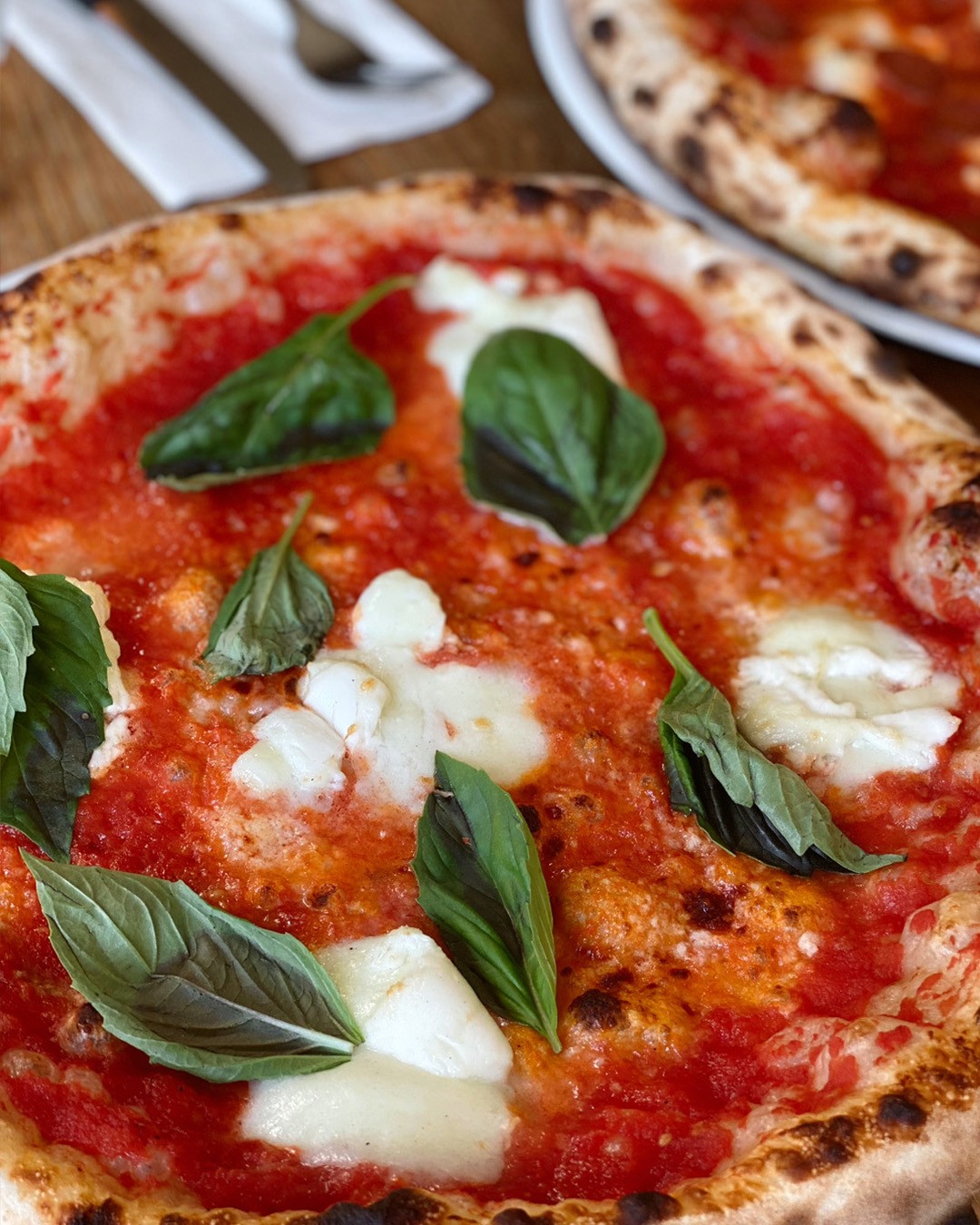All about pizza: A slice of history
If you’ve ever found yourself in the delightful dilemma of choosing a pizza topping, you owe a nod to one of history’s grand culinary journeys.
From Ancient Greece to Rome, Naples, and various cities across the world, pizza has travelled far and wide to reach the iconic dish status it enjoys today. So before biting into its cheesy goodness, make room for a little slice of history!
And the Rest Is History
The roots of pizza trace back thousands of years to the Greek pinta, a flattened bread that made its way to Rome through the Magna Graecia (the Greek colonies that settled in Italy). Over time, it evolved into the Roman pinsa, from the Latin verb pinsere, meaning to pound or stamp. The dish then travelled all over the boot, and as of the 600s, simple dough made with flour and water was being sold on the streets of Naples. However, it wasn’t until the European discovery of the Americas that a game-changing ingredient—the almighty tomato—was introduced to Italian customs and added on top of pizzas.
We then have to fast-forward to 1773 to see the very first tomato pizza recipe in print. And we owe it to the writer, philosopher, and chef Vincenzo Corrado, who penned it in his book Il cuoco galante (the gallant cook). Thank you, Corrado, for helping make pizza rossa a popular dish throughout Italy!
As Diverse as Italy Itself
For most non-Italians, pizza is simply synonymous with a circular doughy crust topped with tomato sauce and mozzarella. But in Italy, pizza varieties are as vast as the diverse populations that make up the country. Dough rising times, textures, shapes, and toppings vary by region, each boasting its unique, delicious twist. Popular variations include Tuscany’s schiacciata, a dish similar to the famous focaccia; the thick, crispy, rectangular-shaped Roman pizza served by the slice or al taglio, and Sicily’s airy, spongy sfincione, a pie reminiscent of the American-style pizza. Most regions have put their spin on the classic, but one thing is for sure: pizza, as we’ve come to know it, was born in Naples.
Napoletana Vera
The legendary pizza Napoletana is characterized by a very briefly cooked thin crust—a maximum 90 seconds, to be exact—at a very high temperature in a wood-fired oven. The result? A soft centre surrounded by a tall, fluffy crust known as cornicione. It should also be noted that one needs to stick to minimal toppings in order to maintain the holy integrity of the crust. That’s why classics such as Margherita and Marinara reign supreme. And for a pizza to be considered Napoletana, the dough must meet the precise standards set forth by the Associazione Verace Pizza Napoletana. This group was created solely to protect the tradition of the time-honoured recipe. Talk about dedication! Now, Neapolitan pizza-making is a registered discipline, and the iconic dish received the UNESCO’s “intangible cultural heritage status” in 2017. Not bad for what started as a modest flatbread.
Margherita: The Queen of Pizzas
Legend has it that pizzaiolo Raffaele Esposito crafted the Margherita pizza in honour of Queen Margherita of Savoy and King Umberto I during their visit to Naples in 1889. The tricoloured ingredients—tomatoes for red, mozzarella for white, and basil for green—beautifully mirrored the Italian flag. Another theory suggests that the mozzarella arranged in the shape of a daisy, or margherita in Italian, led to the name. Whatever the origin story might be, this humble yet elegant dish not only became a classic, but also a symbol of Italian patriotism… and worldwide scrumptiousness! So, what sets the Margherita apart from the pizza crowd? We have to bet on its sheer simplicity. This pizza is the epitome of simple and good, a foolproof approach that has become our motto and the guiding principle for the creation of all Stefano products. In a way, Margherita reminds us of the essence of Italian cooking, and we love to bite into that lesson again and again!
So, whether you’re a pizza purist delighting solely in the Margherita, an adventurous eater exploring the diverse pizza landscape of the world, or a busy bee looking for an authentic, easy frozen option for a fun weeknight dinner, one thing is for sure—every bite will be a journey through history, tradition, and the unbeatable joy of a slice of pizza.







